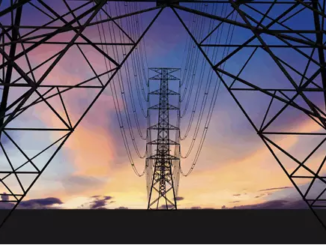
As strong winter storms and cold temperatures blanketed the northeastern United States this January and increased the demand for electricity to heat homes and businesses, utilities used oil-fired generation to help meet electricity demand in New England. Although oil-fired generators are infrequently used in New England, they play an important role in meeting electricity demand in the region during times of high demand and limited supply of alternative fuel sources such as natural gas.
Cold weather and constraints on natural gas pipelines to New England can sometimes limit the availability of natural gas delivered to power plants during winter months. These constraints can increase the price of natural gas in the region. In response, some generators may switch to lower cost or more readily available sources, including petroleum liquids. In addition, some generators that were offline may be brought online.
Some generators can co-fire or switch between natural gas and petroleum sources such as distillate or residual fuel oil. Other generators are primarily fueled by oil and can be dispatched when the wholesale price of electricity is high enough that running the generator is economical. Of the approximately 35,000 megawatts (MW) of electric generating capacity in New England, petroleum liquids primarily fuel nearly 4,000 MW, according to data from our Annual Electric Generator Report. Natural gas primarily fuels another nearly 7,000 MW that has the ability to switch to petroleum liquids.
Principal contributor: M. Tyson Brown




